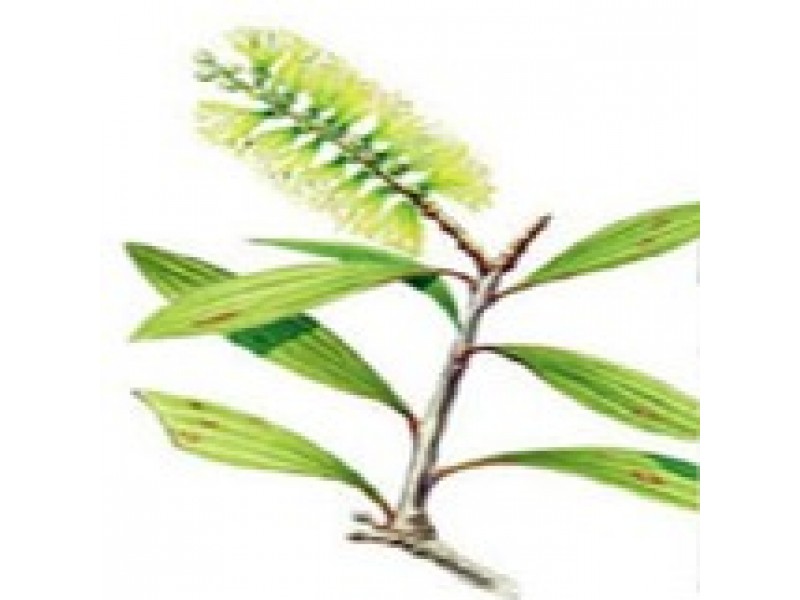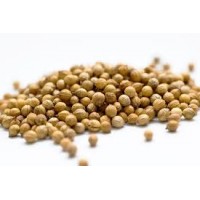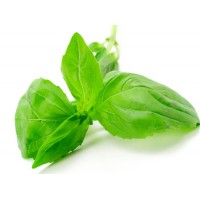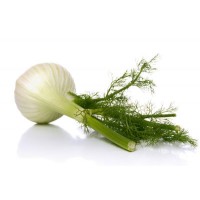Niaouli Essential Oil
Latin Name: Melaleuca quinquenervia (Cav) cineolifera
Source: Madagascar
Part of plant: Leaves
Grade: Organic
Aroma Character:Penetrating, sweet fresh aroma.
Blends Well with: Basil, Coriander, Fennel.
Niaouli Properties: Against infection, bacteria, viruses, and fungi; sooths, against colds, expectorant, relieves coughs, anti-inflammatory, febrifuge, anti-allergic; lowers blood pressure; general stimulant, especially for the tissue, liver, bladder, the reticulo-endothelial terrain, estrogen production, and hypophysic-testicles; reduces blood congestion in veins, dissolves stones; against tumors; protects skin during radiation therapy, promotes wound healing and scar formation.
Niaouli Indications: Infection in throat-nose-ear area, in stomach-intestinal tract, and in uro-genital system; bronchitis and chronic colds, tuberculosis, rhinopharyngitis, sinusitis, tonsil inflammation; blepharitis; enteritis and vial hepatitis, cholera, diarrhea, stomach and duodenal ulcers, gallstones; arteritis, coronary inflammation, endocarditis, atherosclerosis, hemorrhoids, urethra-prostate inflammation, vaginitis, dysplasia of cervix, genital herpes; condyloma, support for breast and rectal cancer, rheumatic polyarthritis; psoriasis, boils, skin inflammation, leprosy, mycosis, wounds, bites, radiation therapy, and burns from electro-coagulation (external).
Niaouli Main Components: 1-8-cineole, viridiflorol, alpha-terpineol, alpha-beta-pinene, limonene, globulol, neridol.
Niaouli Contraindications, side effects: None known for normal dosage. Use weak dosages internally for children and pregnant women.
Niaouli is an evergreen tree with a flexible trunk and spongy bark, pointed linear leaves and bearing spikes of sessile flowers.
Sometimes, Niaouli is referred to by the French term 'Gomenol' though assigned its botanical name during Captain Cook's voyage to Australia. Like Cajeput, it did not appear in Europe until the seventeenth century.

 Essential Oils
Essential Oils
 Hydrolats, Hydrosols, Floral Waters
Hydrolats, Hydrosols, Floral Waters
 Synergies
Synergies
 Herbal Oils
Herbal Oils
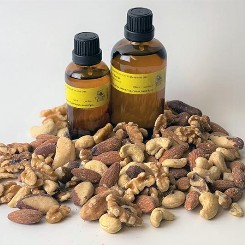 Vegetable Oils
Vegetable Oils
 Bases
Bases
 Books, Kits and Trial Packs
Books, Kits and Trial Packs
 Skincare
Skincare
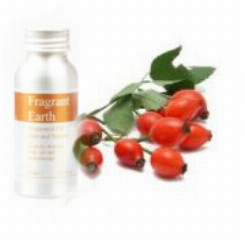 Body Care Oils
Body Care Oils
 Hair Care
Hair Care
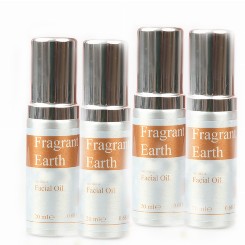 Facial Oils
Facial Oils
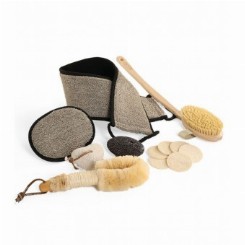 Eco Bath
Eco Bath
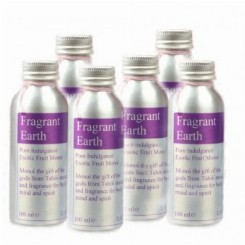 Pure Indulgence
Pure Indulgence
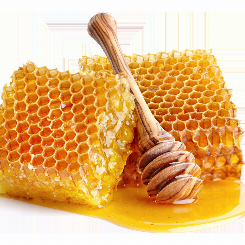 Honey, Beeswax & Propolis
Honey, Beeswax & Propolis
 Handcream
Handcream
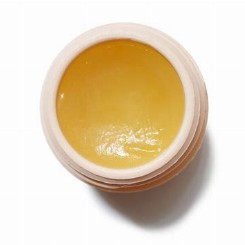 Balms, Salves & Ointments
Balms, Salves & Ointments
 Oral Care
Oral Care
 Feminine Hygiene
Feminine Hygiene
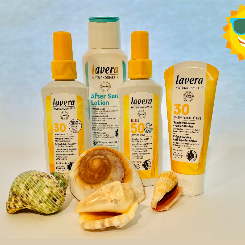 Sun Care
Sun Care
 The Walton Cat
The Walton Cat
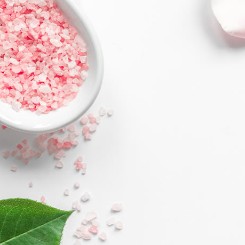 Bath Salts
Bath Salts
 Somerset Lavender
Somerset Lavender
 Diffusers
Diffusers
 Candles
Candles
 Shower Gel
Shower Gel
 Soap
Soap
 Books
Books
-245x-245x.jpg) Aromatic Waters
Aromatic Waters
 Style Aroma
Style Aroma
 Synergy Blends
Synergy Blends
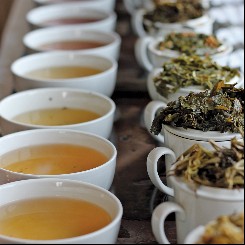 Miles Speciality Teas & Coffees
Miles Speciality Teas & Coffees
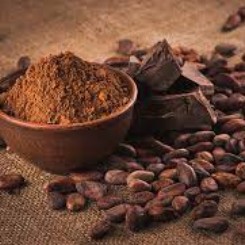 Chocolate one of life's passions
Chocolate one of life's passions
